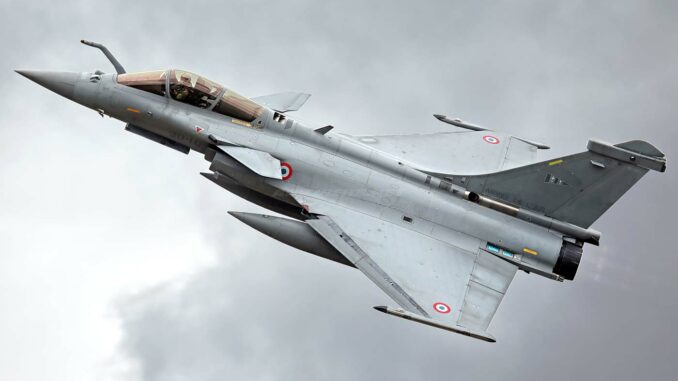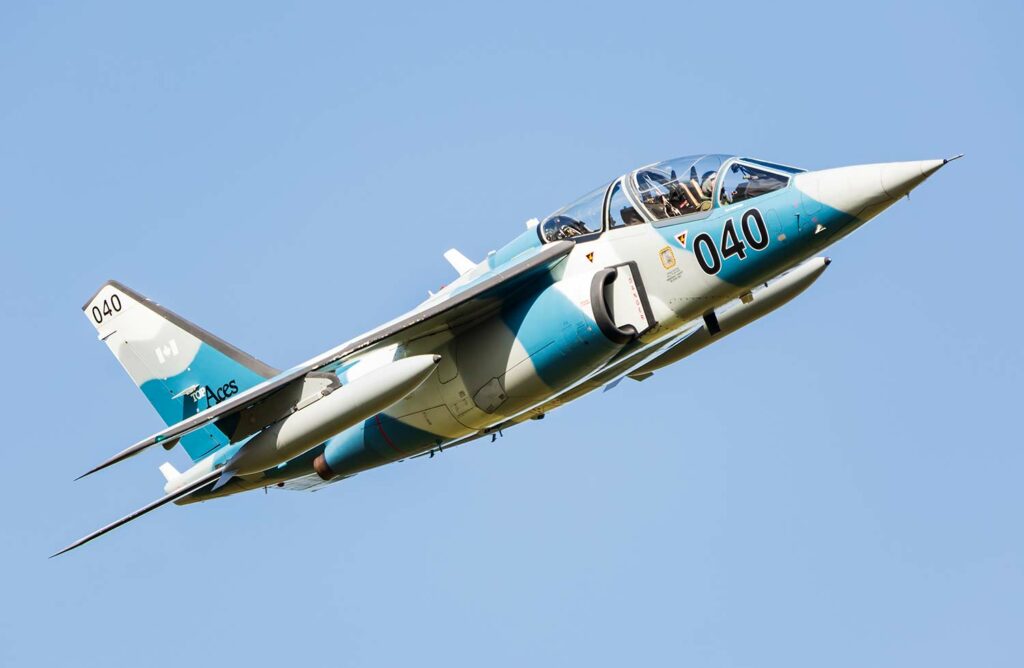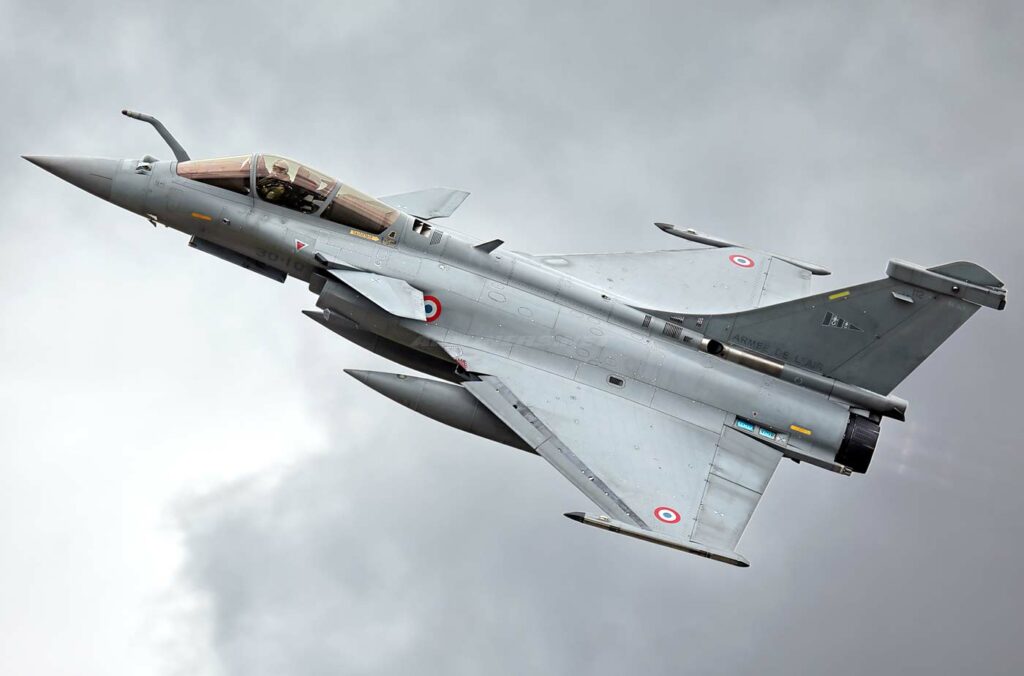
Technical analysis of the challenges of European harmonization for fighter aircraft development, including technical and scientific aspects.
The development of combat aircraft in Europe is confronted with a notable lack of harmonization. This is due to a variety of technical, economic and political factors, all of which contribute to shaping the complex environment in which European weapons programs evolve. This article examines the main reasons why concrete European harmonization in the field of combat aircraft is so difficult to achieve, while also analyzing its scientific and technical implications.

Technical and Normative Divergences
Variability of military requirements
European air forces have specific needs, influenced by geography, national military strategy and perceived threats. For example, France, with Dassault Aviation’s Rafale, emphasizes versatility and autonomy, while the UK, with Eurofighter’s Typhoon, focuses on air combat performance. These differences extend to weapon systems, sensors and on-board electronics, complicating any attempt at harmonization.
Disparities in regulations
Safety, certification and maintenance standards vary significantly between European countries. These regulatory disparities lead to additional costs and delays in joint programs, as each country seeks to adapt the technologies developed to its own national regulatory requirements.
Economic consequences
Harmonization costs
The unification of standards and technical specifications on a European scale represents a considerable financial investment. The adjustments required to align technologies, manufacturing processes and support infrastructures can be economically onerous, with no guarantee of return on investment in the short to medium term.
Sharing costs and benefits
The question of equitable sharing of development costs and profits from export sales is a contentious one. Countries participating in a joint program may have divergent perspectives on funding and economic benefits, which can lead to tensions and slow down harmonization initiatives.

Strategic and political implications
National Sovereignty and Independence
States’ desire to preserve their defense sovereignty plays a key role in their decisions on weapons development. Dependence on a multinational project can be perceived as a risk to national strategic autonomy, leading some countries to favor independent development of combat aircraft.
International collaboration
While international collaboration offers advantages in terms of cost-sharing and access to advanced technologies, it also involves compromises on technical and operational aspects. The difficulty of reconciling national interests with common objectives can hamper harmonization efforts.
European harmonization in fighter aircraft development is hampered by a complex combination of technical, economic and political factors. While the potential benefits of increased cooperation are undeniable, the challenges associated with implementing harmonized solutions remain significant. Progress towards greater European integration in this sector would require a pragmatic approach, taking account of national realities while pursuing common objectives.
War Wings Daily is an independant magazine.